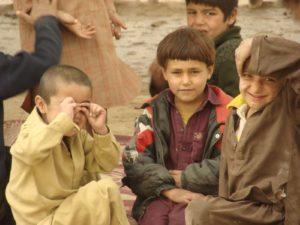Understanding Poverty Measurement
Poverty measurement is vital for understanding the scope of economic distress among children. However, traditional metrics often fail to capture the full extent of child poverty. This oversight raises critical questions about the effectiveness of existing monitoring systems.
The Reality of Uncounted Children
Many children living in poverty are not included in official statistics, leading to significant gaps in policy response. These uncounted children often come from marginalized communities, making their plight even more urgent. Without accurate data, it is challenging to address their needs effectively.
Who Are the Uncounted Poor Children?
The uncounted poor children encompass various groups, including those in rural areas, informal settlements, and refugee camps. These environments frequently lack access to the resources necessary for participation in poverty assessments. As a result, their living conditions remain invisible to policymakers.
Impact of Misrepresentation
The exclusion of certain demographics can skew national understanding of poverty, leading to inadequate support systems. Consequently, communities without representation in data may struggle to receive essential services and funding. Ultimately, this perpetuates the cycle of poverty for these vulnerable groups.
Call for Improved Measurement
Addressing the issue of uncounted poor children requires a reevaluation of current poverty measurement methodologies. By incorporating broader and more inclusive approaches, we can ensure that all children are counted. This will inform better policy decisions and resource allocation aimed at tackling child poverty.
Learn More
For a deeper understanding of the complexities surrounding child poverty measurement, check this comprehensive resource. Visit Uncounted Poor Children in Poverty Measurement and Monitoring to learn more about who these children are and the challenges they face. Knowledge is the first step in addressing this critical issue.

